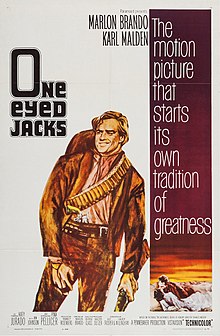
Marlon Brando Jr. was an American actor and activist. Widely considered one of the greatest and most influential actors of all time, he received numerous accolades throughout his career, which spanned six decades, including two Academy Awards, two Golden Globe Awards, one Cannes Film Festival Award, and three British Academy Film Awards. Brando is credited with being one of the first actors to bring the Stanislavski system of acting and method acting to mainstream audiences.

Stanley Kubrick was an American filmmaker and photographer. Widely considered one of the greatest filmmakers of all time, his films were nearly all adaptations of novels or short stories, spanning a number of genres and gaining recognition for their intense attention to detail, innovative cinematography, extensive set design, and dark humor.
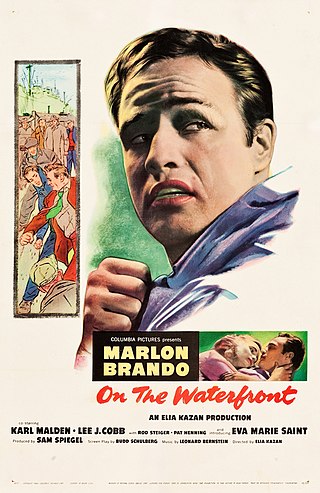
On the Waterfront is a 1954 American crime drama film, directed by Elia Kazan and written by Budd Schulberg. It stars Marlon Brando, and features Karl Malden, Lee J. Cobb, Rod Steiger, Pat Henning and Eva Marie Saint in her film debut. The musical score was composed by Leonard Bernstein. The black-and-white film was inspired by "Crime on the Waterfront" by Malcolm Johnson, a series of articles published in November–December 1948 in the New York Sun which won the 1949 Pulitzer Prize for Local Reporting, but the screenplay by Budd Schulberg is directly based on his own original story. The film focuses on union violence and corruption among longshoremen, while detailing widespread corruption, extortion, and racketeering on the waterfronts of Hoboken, New Jersey.
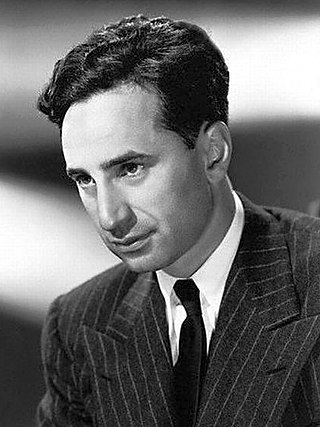
Elias Kazantzoglou, known as Elia Kazan, was an American film and theatre director, producer, screenwriter and actor, described by The New York Times as "one of the most honored and influential directors in Broadway and Hollywood history".

Louis Burton Lindley Jr., better known by his stage name Slim Pickens, was an American actor and rodeo performer. Starting off in the rodeo, Pickens transitioned to acting, and appeared in dozens of movies and TV shows. For much of his career, Pickens played mainly cowboy roles. He is perhaps best remembered today for his comic roles in Dr. Strangelove, Blazing Saddles, 1941, and his villainous turn in One-Eyed Jacks with Marlon Brando.
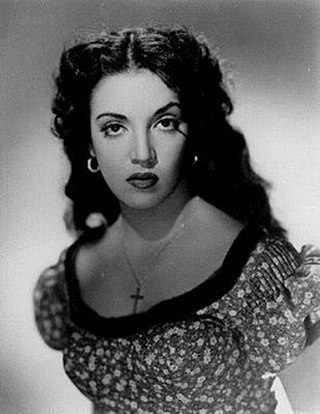
María Cristina Estela Marcela Jurado García, known professionally as Katy Jurado, was a Mexican actress.

Karl Malden was an American stage, movie and television actor who first achieved acclaim in the original Broadway productions of Arthur Miller's All My Sons and Tennessee Williams' A Streetcar Named Desire in 1946-7. Recreating the role of Mitch in the 1951 film of Streetcar, he won the Academy Award for Best Supporting Actor.

The Missouri Breaks is a 1976 American Western film starring Marlon Brando and Jack Nicholson. The film was directed by Arthur Penn, with supporting performances by Randy Quaid, Harry Dean Stanton, Frederic Forrest, John McLiam, and Kathleen Lloyd in her film debut. The score was composed by John Williams.

Timothy Agoglia Carey was an American film and television character actor who was typically cast as manic or violent characters who are driven to extremes. He is particularly known for his collaborations with Stanley Kubrick in the films The Killing (1956) and Paths of Glory (1957), and for appearing in the two John Cassavetes directed films Minnie and Moskowitz (1971) and The Killing of a Chinese Bookie (1976). Other notable film credits include Crime Wave (1954), East of Eden (1955), One-Eyed Jacks (1961), Beach Blanket Bingo (1965), Head (1968) and The Outfit (1973).

A Streetcar Named Desire is a 1951 American Southern Gothic drama film adapted from Tennessee Williams's Pulitzer Prize-winning play of the same name. It is directed by Elia Kazan, and stars Vivien Leigh, Marlon Brando, Kim Hunter, and Karl Malden. The film tells the story of a Mississippi Southern belle, Blanche DuBois, who, after encountering a series of personal losses, seeks refuge with her sister and brother-in-law in a dilapidated New Orleans apartment building. The original Broadway production and cast was converted to film, albeit with several changes and sanitizations related to censorship.
Elliott Kastner was an American film producer, whose best known credits include Where Eagles Dare (1968), The Long Goodbye (1973), The Missouri Breaks (1976), and Angel Heart (1987).
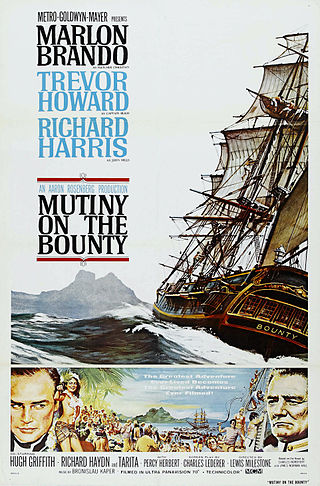
Mutiny on the Bounty is a 1962 American Technicolor epic historical drama film released by Metro-Goldwyn-Mayer, directed by Lewis Milestone and starring Marlon Brando, Trevor Howard, and Richard Harris. The screenplay was written by Charles Lederer, based on the novel Mutiny on the Bounty by Charles Nordhoff and James Norman Hall. Bronisław Kaper composed the score.
Calder Baynard Willingham Jr. was an American novelist and screenwriter.
Truckline Cafe was the title of a 1946 Broadway play written by Maxwell Anderson, directed by Harold Clurman, produced by Elia Kazan, and starring Marlon Brando and Karl Malden. The short-lived play ran only 10 performances and is best remembered today for the fact that each night Brando would run up and down a flight of stairs prior to an entrance to induce an effectively frenzied demeanor for one of the scenes. The cast also included David Manners, to whom Brando has attributed much of his subsequent success, and Kevin McCarthy. The play is noted for Brando's first major appearance on Broadway, during which he garnered attention for an unusually intense performance which presaged his later work on A Streetcar Named Desire. Truckline Cafe is also notable for being the first collaboration between Brando and Kazan, who later made A Streetcar Named Desire, Viva Zapata, and On the Waterfront together. The play also remains notable for being the first time Brando and Malden worked together, prior to co-starring in A Streetcar Named Desire, On the Waterfront, and One Eyed Jacks.
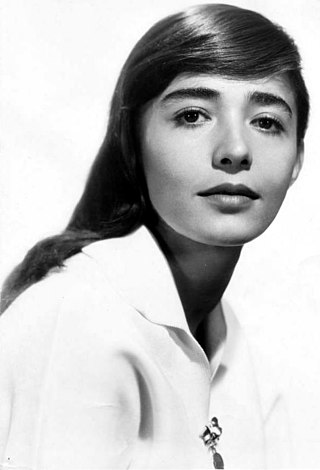
Josefina Yolanda "Pina" Pellicer López de Llergo was a Mexican actress known in her country for portraying the female lead in Macario (1960), and in the United States as Louisa alongside Marlon Brando in the Brando-directed movie One-Eyed Jacks (1961).
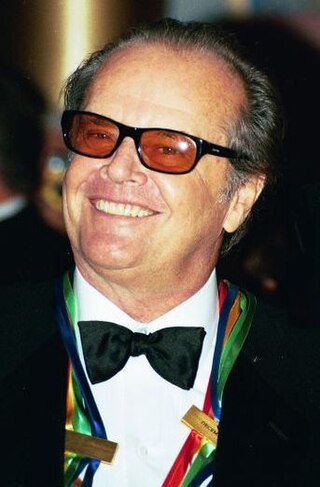
John Joseph Nicholson is an American retired actor and filmmaker. Nicholson is widely regarded as one of the greatest actors of the 20th century. Throughout his five-decade career he received numerous accolades, including three Academy Awards, three BAFTA Film Awards, six Golden Globe Awards, and a Grammy Award. He also received the American Film Institute's Life Achievement Award in 1994 and the Kennedy Center Honor in 2001. In many of his films, he played rebels against the social structure.

The Island of Dr. Moreau is a 1996 American science fiction horror film, based on the 1896 novel The Island of Doctor Moreau by H. G. Wells. It was directed by John Frankenheimer and stars Marlon Brando, Val Kilmer, David Thewlis, and Fairuza Balk. The screenplay is credited to the original director Richard Stanley and Ron Hutchinson. It is the third major film adaptation of the Wells novel, following Island of Lost Souls (1932) and The Island of Dr. Moreau (1977).
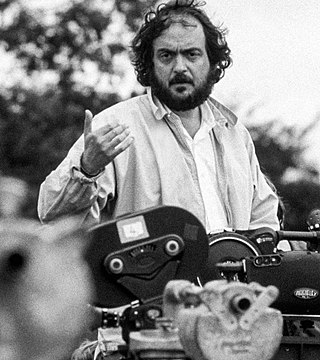
The following is a list of unproduced Stanley Kubrick projects in roughly chronological order. During his long career, American film director Stanley Kubrick had worked on a number of projects which never progressed beyond the pre-production stage under his direction. Some of these projects fell into development hell or are officially cancelled.
Charles Neider was an American writer, known for editing the Autobiography of Mark Twain and authoring literary impressions of Antarctica.
